Palmetto Bluff Real Estate Company Sales Office
Office Hours
Monday-Friday 9am - 5pm
Saturday 9am - 4pm
Sunday 12 - 4pm
Saturday 9am - 4pm
Sunday 12 - 4pm
Don’t forget to download the April bird checklist! Click here or scroll to the bottom for this month’s guide.
“Trilllllllpip… Trilllllllpip…” Did you hear that? That was the sound of a northern parula! They are a small warbler species that breeds throughout the eastern United States and Canada, but they spend the winter in southern Florida, the Caribbean, and Central America. I personally consider them the heralds of the spring migration as they are one of the first migrants to show up in the spring. When I heard the first parula on March 6th, I knew that other species would be close behind.
The rising buzz of prairie warblers and the sing-songy whistles of yellow-throated vireos graced our ears in mid-March. Both species are migrants that overwinter in Central America and the Caribbean. When they are here in North America, they spend most of their time high in the canopy where they will raise their young.

Moving from the woods to the fields, an American kestrel was observed during the one of the Conservancy’s bluebird surveys! Kestrels are supposed to be year-round residents, but we do not see any sign of them during the summer months at Palmetto Bluff. They may either move further inland or simply become more secretive and elusive during the breeding season and go undetected.
On March 14th, purple martins were observed swooping over the jumping course at Longfield Stables and then later that week near the shooting club. Purple martins in the eastern United States nest almost entirely within artificial nest cavities such as gourd racks, while martins out west are still documented using natural cavities. Above the purple martins, swallow-tailed kites elegantly soared over the shooting club and nearby wetlands. The winds across the Gulf of Mexico were favorable this year, which allowed for an expedited journey to the southern United States for the kites. These raptors are being studied by the Avian Research and Conservation Institute, and if you see one, let the Institute know by reporting your sightings.
Chuck-will’s-widows were first heard this year during the Conservancy’s Owl Prowl. A close cousin to the eastern whip-poor-will, chuck-will’s are breeding residents in Beaufort County and can be heard throughout our balmy summer nights. Both whip-poor-wills and chuck-will’s-widows are nightjars, and their elusive lifestyle makes it difficult to determine if they are in trouble. In June, the Conservancy will be taking part in an annual nightjar survey hosted through the Nightjar Survey Network to assist in elucidating how nightjar populations are faring throughout the United States.


Along with the unique sightings observed in March, the breeding season kicked off with some early bluebird nesting activity. The end of March saw multiple nests, eggs, and bluebird chicks throughout the Conservancy’s bluebird nest boxes!

Chickadees, cardinals, and wrens were either busy singing their hearts out or taking care of chicks. I witnessed my first wren fledglings of the year bouncing around the yard at the end of the month.

One more species that began breeding in March, and the Conservancy director’s favorite, is the wild turkey. We observed multiple male turkeys, also called gobblers, strutting around the southern end of Palmetto Bluff. The gobbler’s strutting is part of the courtship process to attract females, known as hens.
Soaring into April, we will observe similar activity to what was seen in March. Migration will continue to intensify as we head towards the peak of migration in May. Nesting activity will increase as more individuals arrive and pair up for the season. Species that are highly sought after such as painted buntings will finally return this month along with great crested flycatchers, blue grosbeaks, and summer tanagers. Be sure to keep your eyes out for these summer residents and the unique species that may be seen passing through!
The spring migration is going strong! If you see or photograph something you wish to share, you can submit your sightings to Aaron Palmieri at apalmieri@pbconservancy.org and they may appear in next month’s update.
March’s Unique Sightings:
Northern Parula (River Road Preserve, Managed Forest)
Chuck-will’s-widows (Managed Forest, Conservancy shop, River Road Neighborhood)
Purple Martins (Shooting Club, Equestrian Jump Course)
Yellow-throated Vireo (Managed Forest)
Swallow-tailed Kite (Shooting Club, the Farm)
Prairie Warbler (Managed Forest, Wilson Village)
American Kestrel (Longfield Stables)
Eastern Screech-Owl (Compt. 8 Field)
March Contributors:
Charlotte, Mark Newlin, James and Marsha Ackerman, Bob Dale, Glenn Steinberg, Tom Ritter, David Miller, Bruce Becker

Warm, fragrant, and deeply comforting, Chef Beth’s Southern Sausage & Sage Stuffing is a holiday classic that brings together rich pork sausage, fresh herbs, and toasted bread for the ultimate savory side dish. Studded with green apples and aromatic vegeta...

As December settles over Palmetto Bluff, it brings softer light, cooler mornings, and the natural beauty of native evergreens and winter berries that define the Lowcountry landscape. Palmetto Bluff Conservancy’s Education and Outreach Manager, Aaron Palmieri, ...
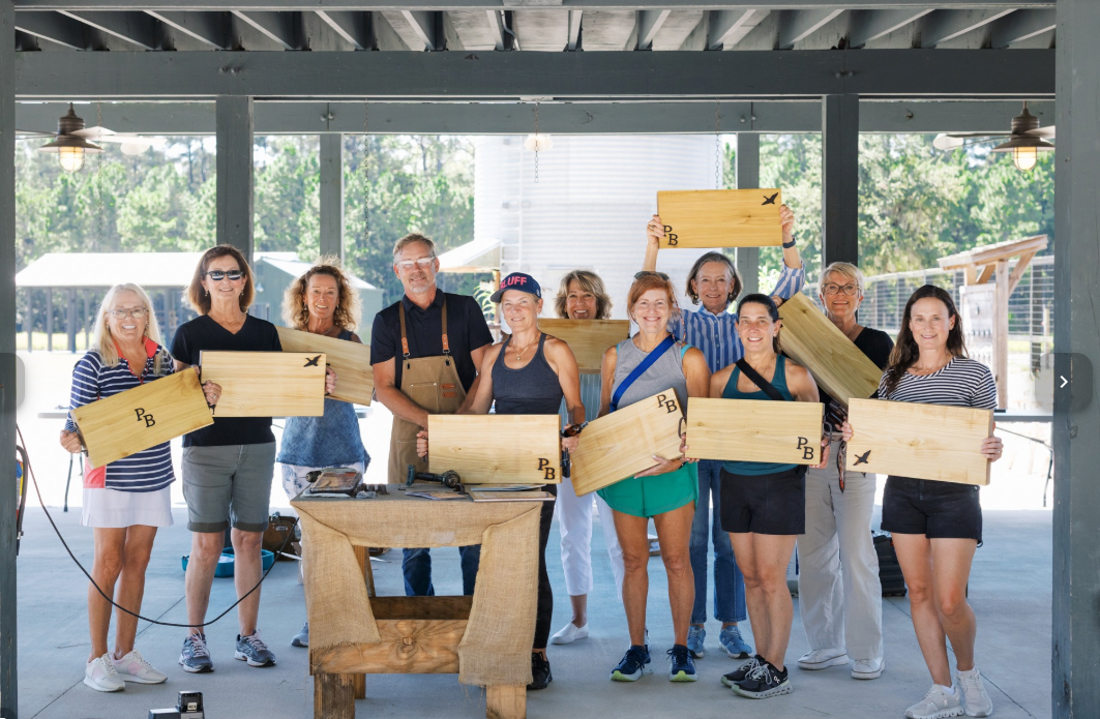
In 2025, Palmetto Bluff welcomed new neighbors and old friends, groundbreakings, and long-awaited openings. From inspired Club gatherings and elevated programming to the creation of our latest golf course, the year was defined by connection and excitement for ...

There is something serene about waking up to shimmering water, the stillness of the woods, or the sweep of marsh and sky right outside your window. Even without stepping outside, science shows that simply seeing nature from home can meaningfully improve mental...
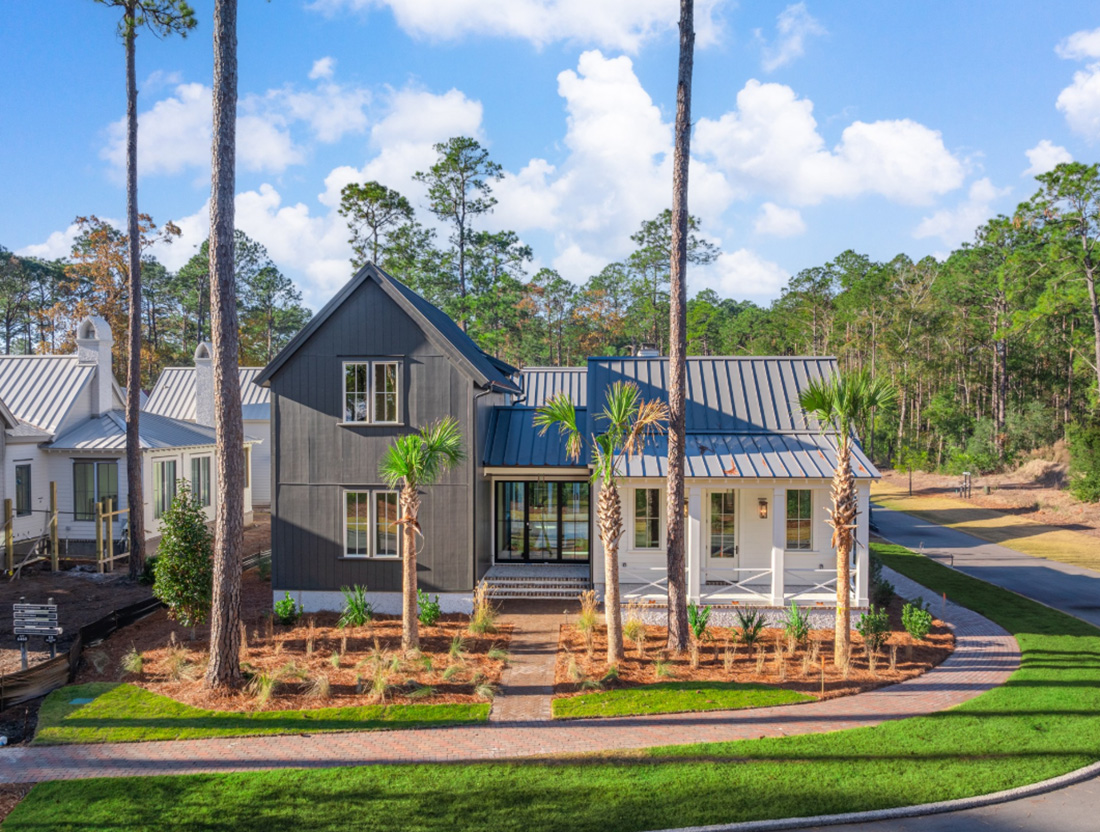
The Ultimate Choice: Building vs Buying a Home in Palmetto Bluff For those searching for Palmetto Bluff homes for sale, this common question often arises: Should you choose an existing residence, or embrace the opportunity to build your own? While a complet...

A Complete Guide to South Carolina Winter at Palmetto Bluff South Carolina's winter is unlike any other on the East Coast. While many travelers search for “South Carolina winter” expecting cooler temperatures and limited outdoor options, the Lowcountry revea...
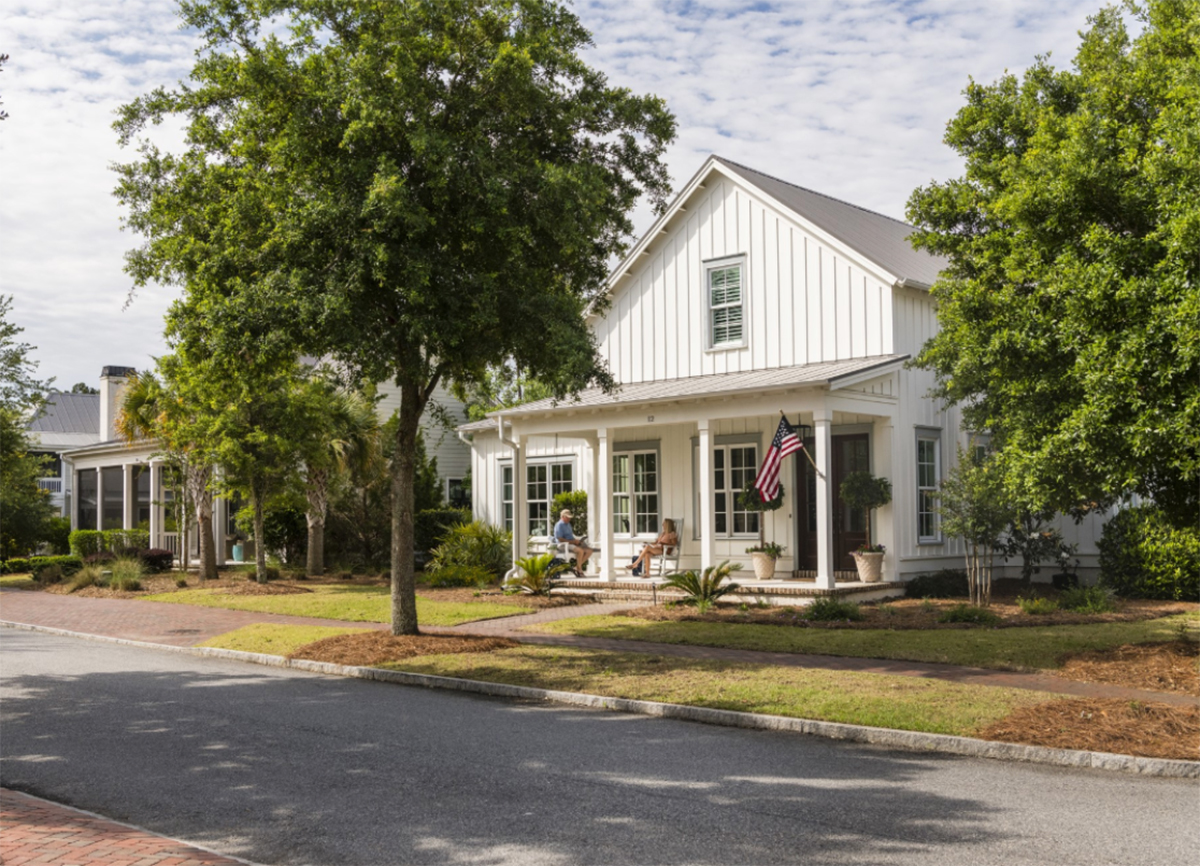
River Road: Where Lowcountry Beauty Meets Elevated Everyday Living Tucked gracefully between Wilson Village and Moreland Village, River Road is one of Palmetto Bluff’s most immersive communities. It's where the pace of life seems to soften, classic Southern ...
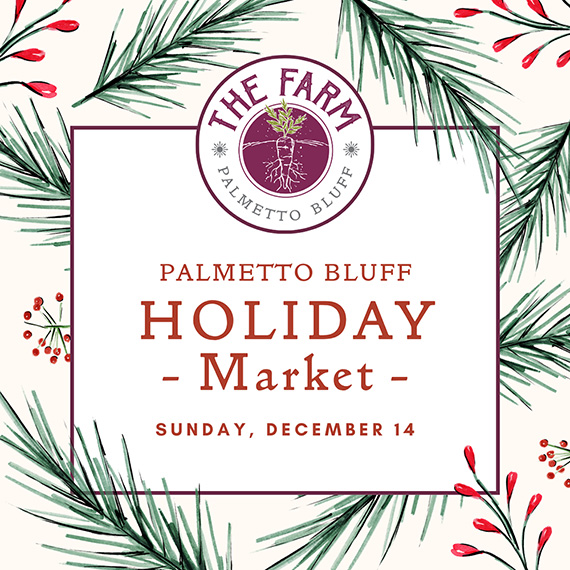
Sunday, December 14 | 9am to 1pmVillage GreenThe season’s most festive farmers market, the Holiday Farmers Market, comes to Wilson Village on Sunday, December 14, from 9am to 1pm. All are welcome to visit and experience the magic of holidays at the Bluff. The ...
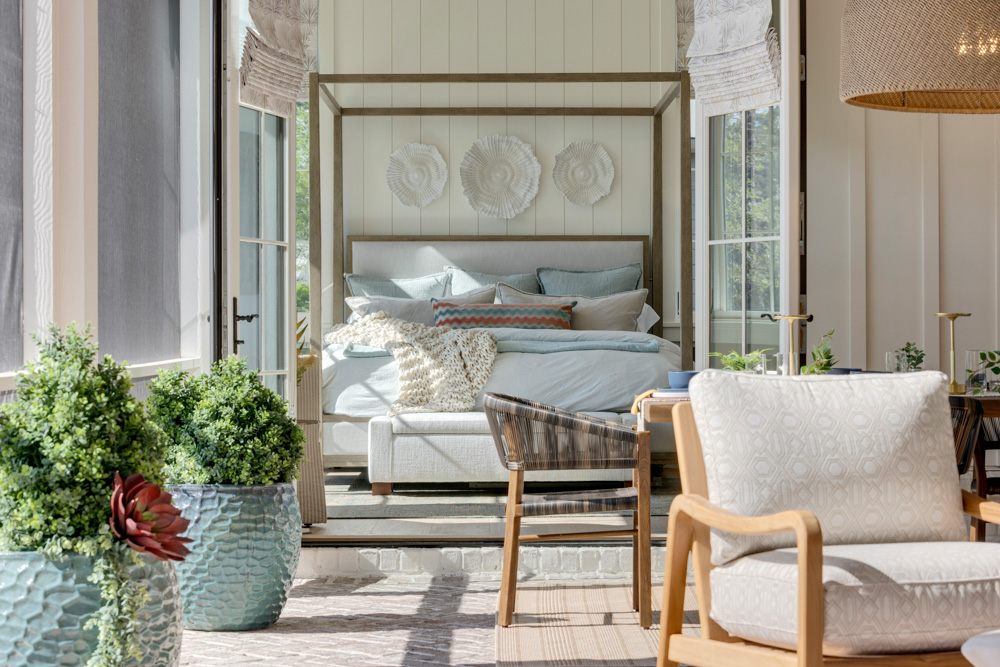
Tucked amid whispering pines and overlooking a tranquil water trail, 11 Lyonia Street is where Lowcountry charm meets modern artistry. The newly built residence redefines Southern living with a balance of craftsmanship and calm. This is a home that feels both ...
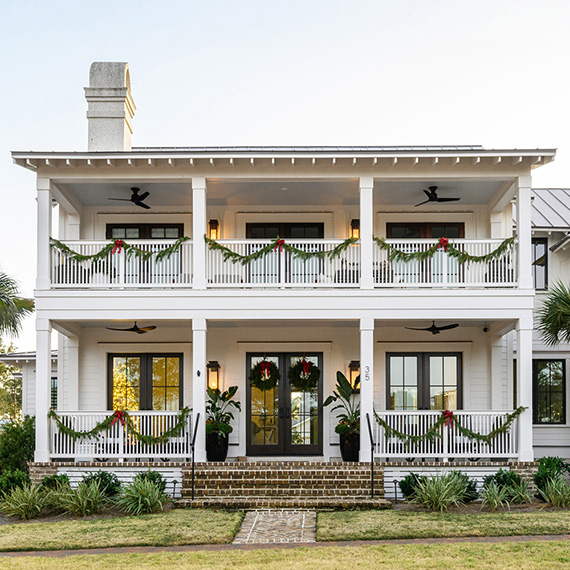
The holiday season in the Lowcountry brings crisp air, oaks draped in twinkling lights, and laughter drifting from homes where families and friends gather once again. At Palmetto Bluff, the holidays are more than just a season; they’re a feeling of togethernes...
We do not attempt to independently verify the currency, completeness, accuracy or authenticity of the data contained herein. All area measurements and calculations are approximate and should be independently verified. Data may be subject to transcription and transmission errors. Accordingly, the data is provided on an “as is” “as available” basis only and may not reflect all real estate activity in the market”. © [2023] REsides, Inc. All rights reserved. Certain information contained herein is derived from information, which is the licensed property of, and copyrighted by, REsides, Inc.